C-PACE’s Moment Arrives: Credit Disruption Boosts Green Financing
A competitive alternative to bridge loans, this source of capital has the ability to fix distress in a high interest rate environment.
Ever since the launch of commercial property assessed clean energy (C-PACE) financing more than a decade ago, promoters of the sustainable funding mechanism have extolled its cost-effectiveness versus mezzanine debt to developers who needed to fill a gap between equity and senior debt in new construction and rehabs.
Now, amid a higher interest rate environment and difficulties from the pandemic lockdown still lingering, C-PACE professionals have a timely and arguably more appealing pitch: For recently completed buildings facing a delay in stabilization and potential loss in value, the financing is a competitive alternative to bridge loans to recapitalize eligible green improvements and mitigate the risk of distress.
Plus, with an interest rate of around 7 to 7.5 percent, C-PACE for the first time in its history is largely on par or even cheaper than bridge loans, with rates based on the secured overnight financing rate (SOFR) or prime rate, observers say.
READ ALSO: Why C-PACE Is a Relief Valve in Tight Credit Markets
As a result of these benefits, C-PACE is garnering attention from mortgage brokers and other real estate quarters that have traditionally steered away from it due to a lack of familiarity with the financing, which funds energy, water and seismic improvements. Unlike conventional senior loans that are secured by the asset, for example, C-PACE becomes a property assessment that landlords pay with their tax bills. Terms are typically 20 to 30 years, and the loans are transferable and cannot be called.
“The biggest driver of C-PACE right now is a result of the fundamental shift of the capital markets, where projects that penciled out when interest rates were far lower are now being squeezed a little bit,” Jessica Bailey, co-founder, president & CEO of Nuveen Green Capital, told Commercial Property Executive. Nuveen Green originated some $500 million C-PACE loans in the first quarter. “In some cases, building owners need a bridge to stabilization, and C-PACE has been helpful on that front.”
Growing use case
In February, Nuveen Green Capital provided Quadrum Global with more than $30 million in C-PACE funding to refinance HVAC, lighting, water and other sustainability measures in the newly completed boutique Arlo Wynwood Hotel in Miami. The owner used the financing to increase its interest reserves in the new cost-of-capital environment as well as recoup some equity.
Borrowers can generally take advantage of such retroactive C-PACE deals for roughly three to four years after finishing projects, depending on state rules. But many property owners are unaware of the opportunity, said Michael Lincoln, principal of C-PACE lender GreenRock Capital, which last September provided Chinese Hospital in San Francisco with $103 million to refinance high-cost debt associated with seismic and other improvements made in a new patient tower.
“Total leverage doesn’t change, but retroactive financings put senior lenders in a better position—they have the same collateral but less exposure and greater coverage,” he told CPE. “And nothing facilitates a loan extension discussion like the ability to pay it down. Any credit committee today would be open to getting their exposure reduced.”
As of September 2022, cumulative C-PACE volume had reached nearly $4.2 billion since 2009, with $700 million of that coming in the first nine months of last year, according to PaceNation, a national nonprofit association that advocates for PACE financing. But full-year 2022 volume likely reached $1.2 billion, suggested Anne Hill, senior vice president of Bayview PACE. She expects volume this year to increase 20 to 30 percent, even as overall commercial real estate financing declines.
In February, the C-PACE lender joined with an affiliated life insurance firm to provide $15 million in C-PACE and $48 million in construction financing to fund the development of the Renegade, a mixed-use student housing and retail project next to Florida State University.
“While the broader slowdown means there’s a much smaller pie, many more opportunities are coming our way,” Hill explained. “Borrowers are looking at alternative sources of financing, and we’re also seeing higher quality projects.”
Office doldrums, industrial opportunities
Given the new work-from-home reality, however, office C-PACE financings are lagging behind other property types, particularly as new construction has slowed, observers say. Nuveen Green Capital’s Bailey reported that she continues to see demand from office investors who want to convert the assets to apartments or simply upgrade their sustainability and competitiveness. It provided $29 million to TIAA, Nuveen’s parent company, for a green retrofit as part of a $120 million renovation of its headquarters building in New York City that was completed last year, for example.
Still, other opportunities dominate the C-PACE landscape at the moment. Among other deals, Nuveen Green Capital late last year provided $30.1 million to developer BG Capital to pay for efficiency measures at its Freezpak Logistics project, a 173,080-square-foot refrigerated and cold storage warehouse being built in Philadelphia.
Similarly, Bayview Pace continues to evaluate office deals, including retrofitting “boutique” offices and commercial mixed-use projects, Hill said, but borrowers are having a hard time lining up the conventional construction loans.
READ ALSO: Office Owners Face Financing Dilemma
“For office recapitalizations, Bayview is quite active, but just more selective,” she added. “Our profile for lending is a property with strong fundamentals, a good location, robust leasing and realistic leverage.”
Rescue capital
While developers will continue to seek C-PACE for new construction and retrofits this year, experts still anticipate a brisk C-PACE bridge financing business. In South Florida, the pandemic interfered with the reopening of a hotel that had undergone a major renovation in conjunction with a brand change, said Rob Shear, senior vice president of new markets for Petros PACE Financing. Worse, an appraisal came in lower than expected and reduced the amount of equity in the project, he added, which could have required the owner to put more capital into the project to recalibrate the senior loan’s loan-to-value ratio.
Instead, PETROS provided some $38 million in C-PACE, which allowed the hotel owner to pay down the debt. The borrower also received a two-year payment holiday with capitalized interest, says Shear.
“The hotel is in a great location and is now doing better than expected,” he added. “This is a perfect example where PACE is rescue capital—it has the ability to fix distress at a relatively good fixed-rate cost.”
In addition to being used as rescue capital, Shear and others anticipate that the dislocated debt market this year will eventually lead more banks to use C-PACE when originating construction loans versus syndicating part of the loan to other banks. That’s particularly true as banks reduce their loan-to-cost ratios and leave developers with a bigger gap to fill.
“We don’t necessarily have a bigger universe of banks that are saying yes to using C-PACE yet,” Shear reported. “But I use the word ‘yet’ because I think they will, especially if we can lower the weighted average cost of capital. That would be a good thing for everybody, including the banks and their exposure to risk.”

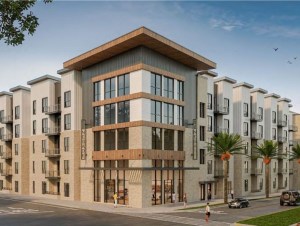
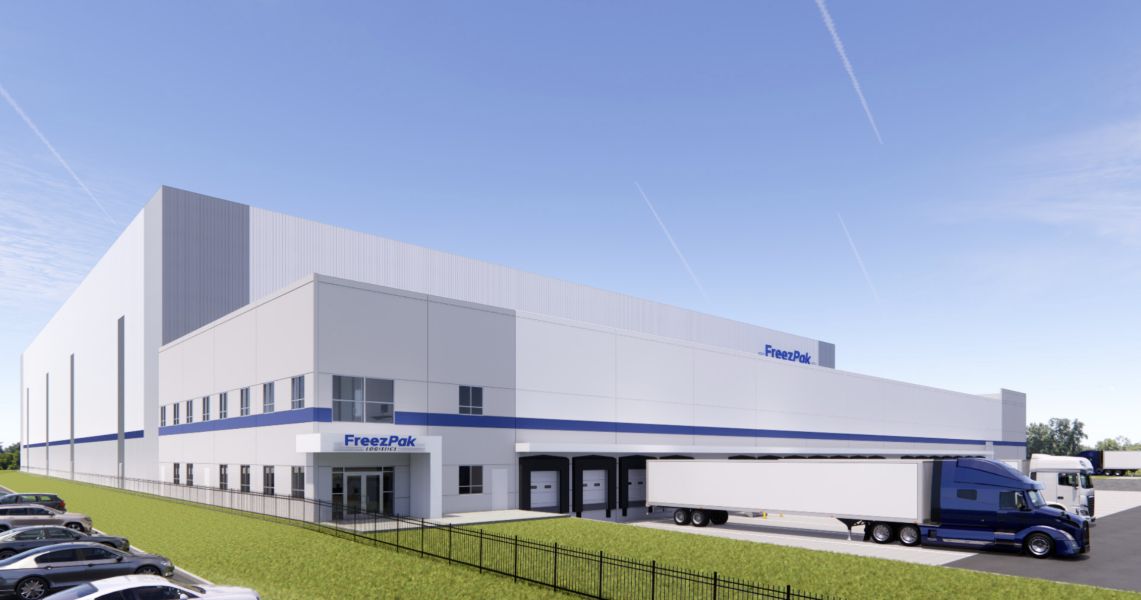

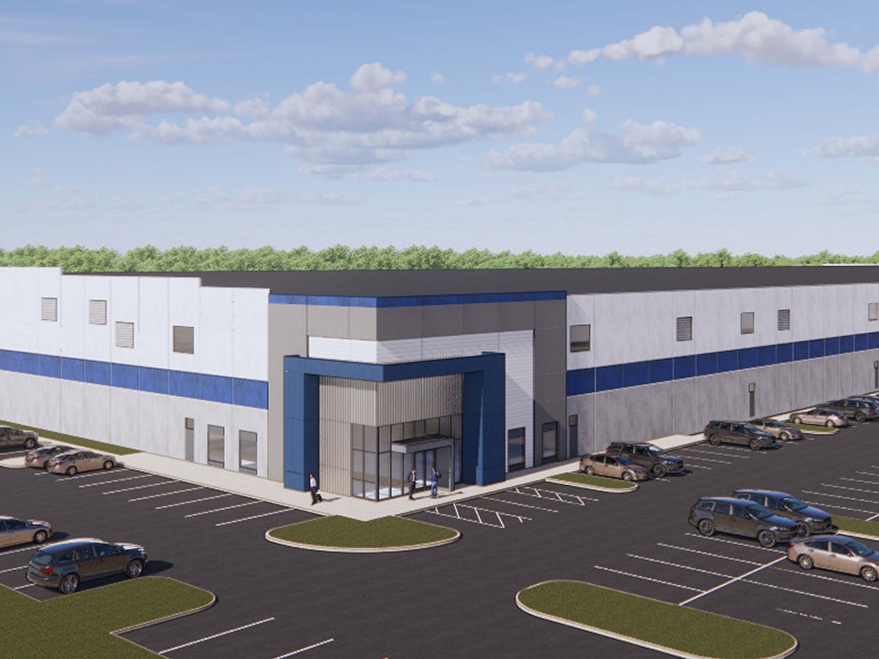

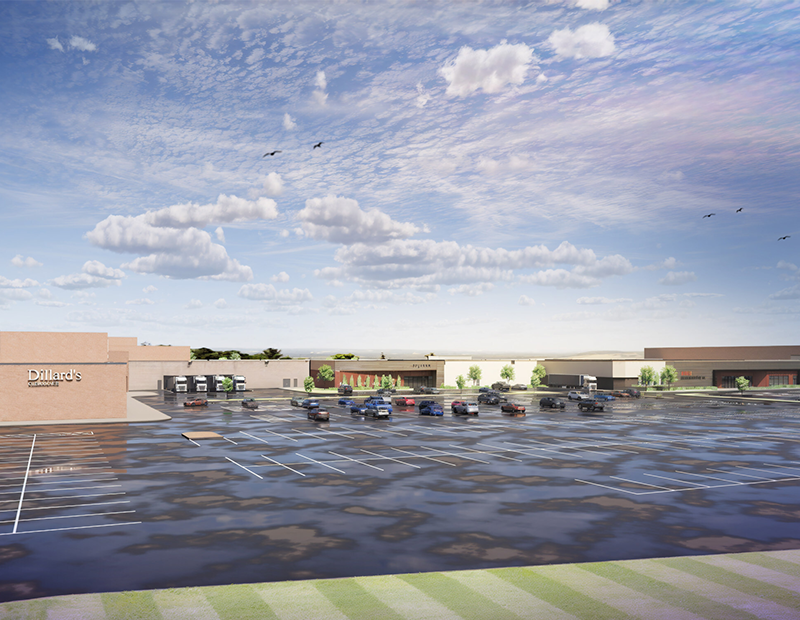

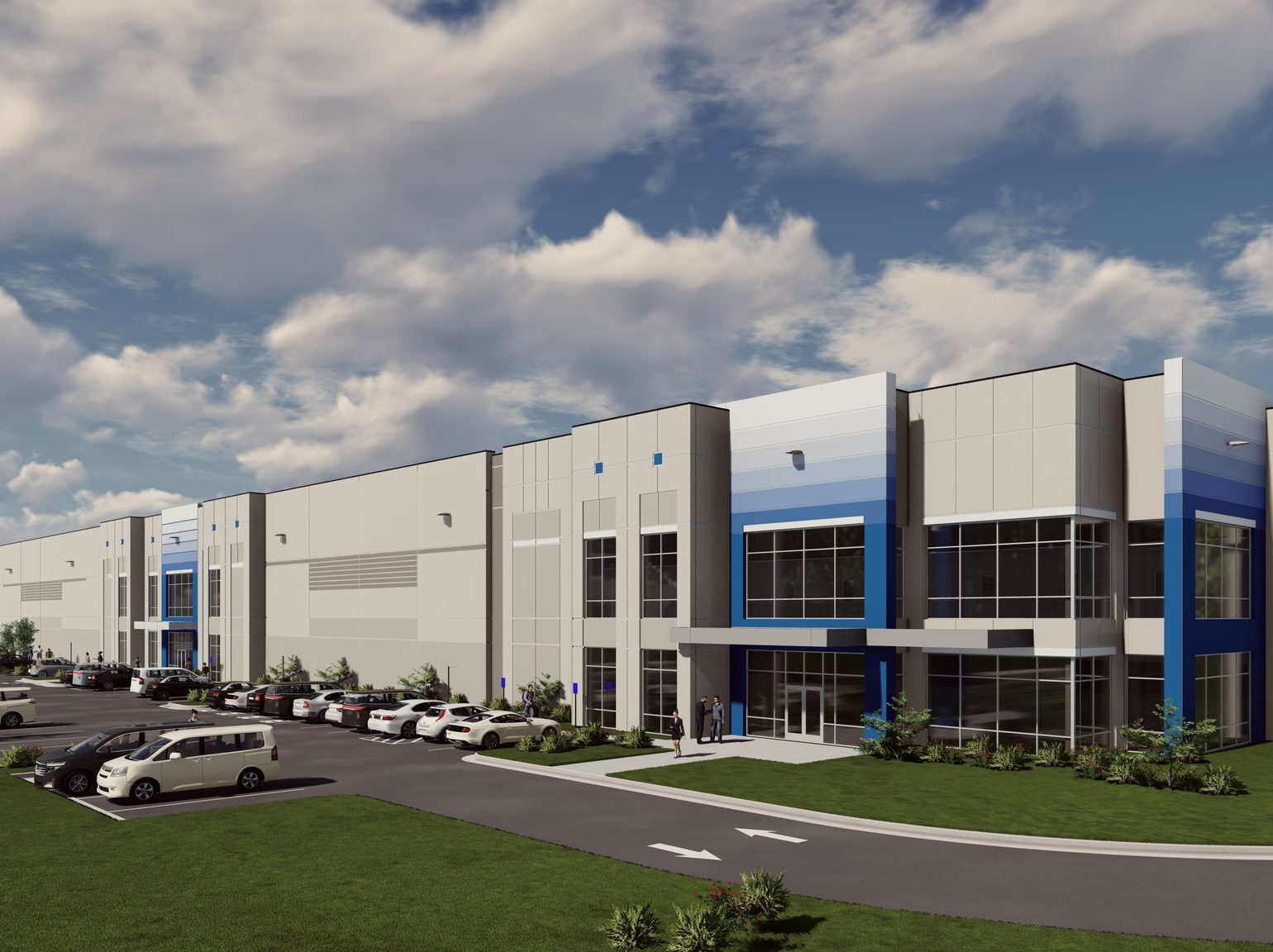
You must be logged in to post a comment.